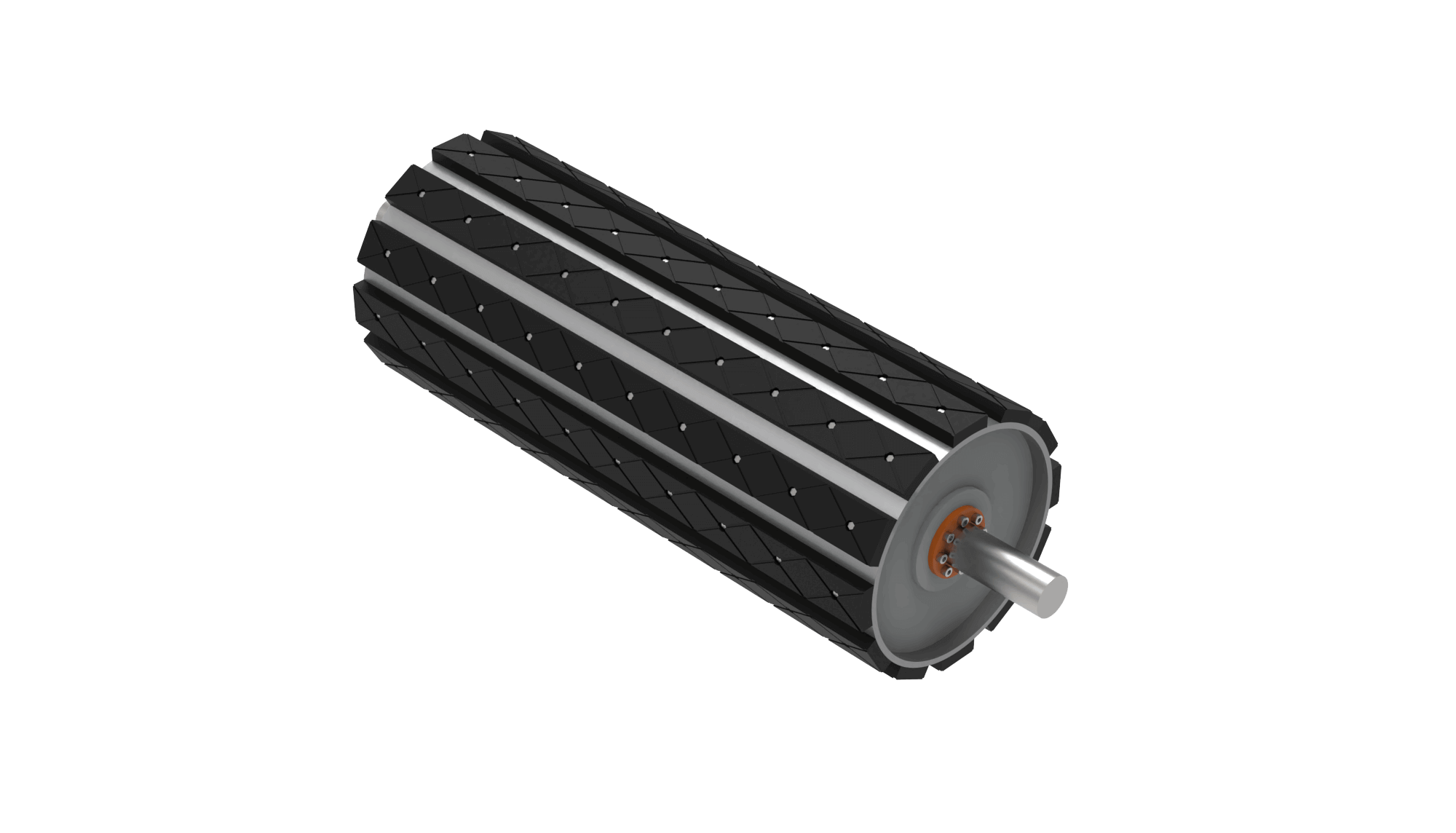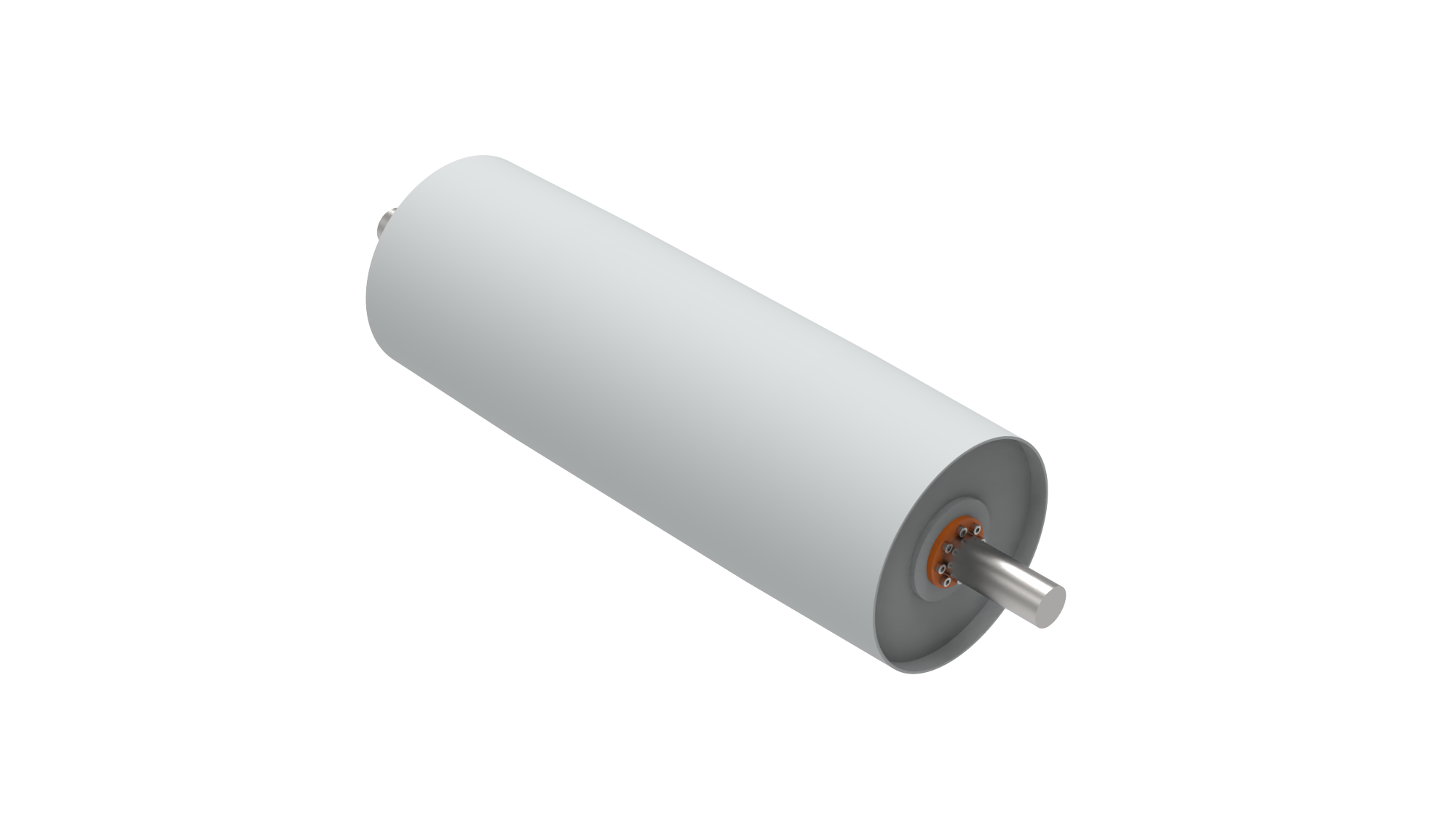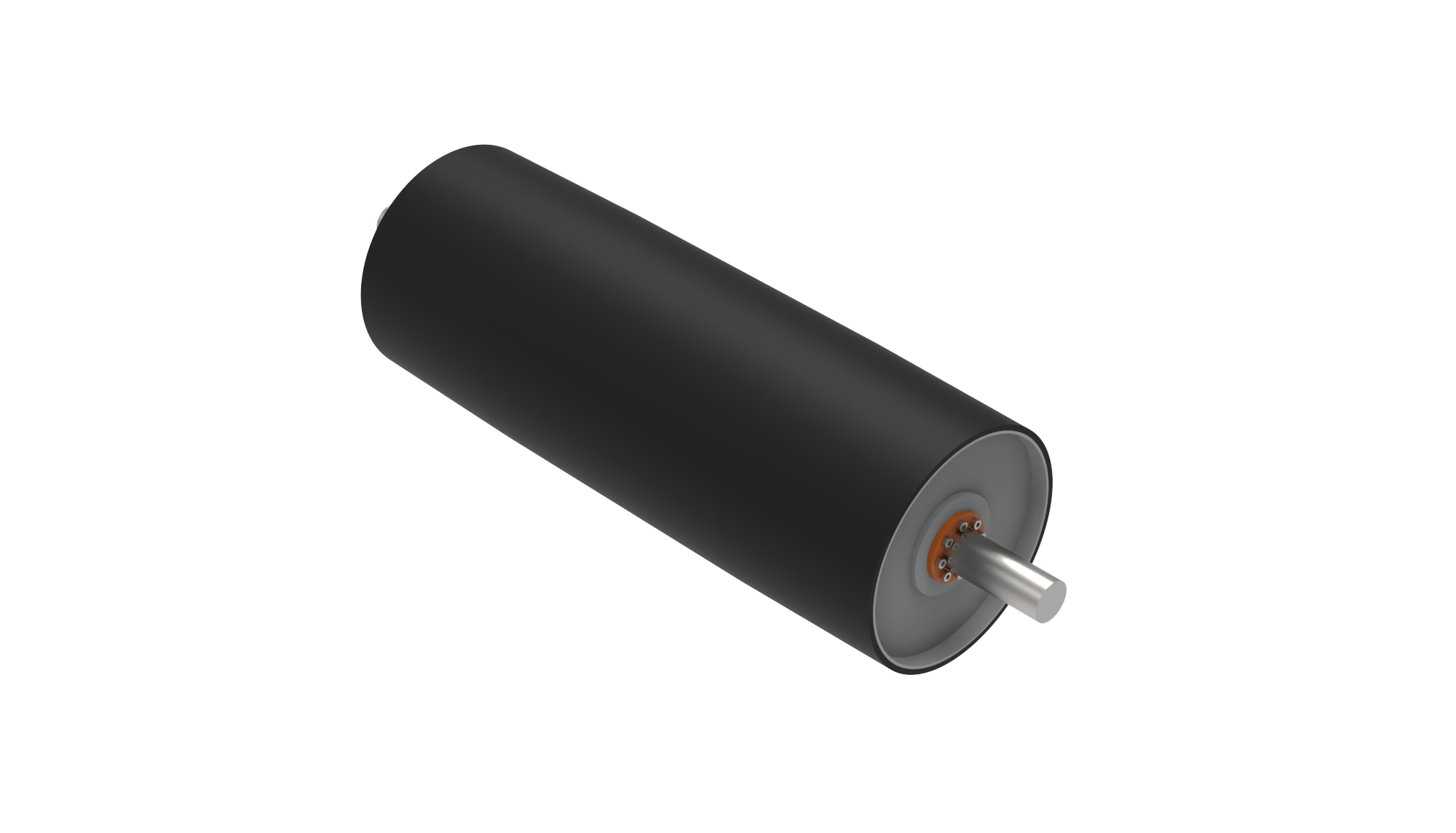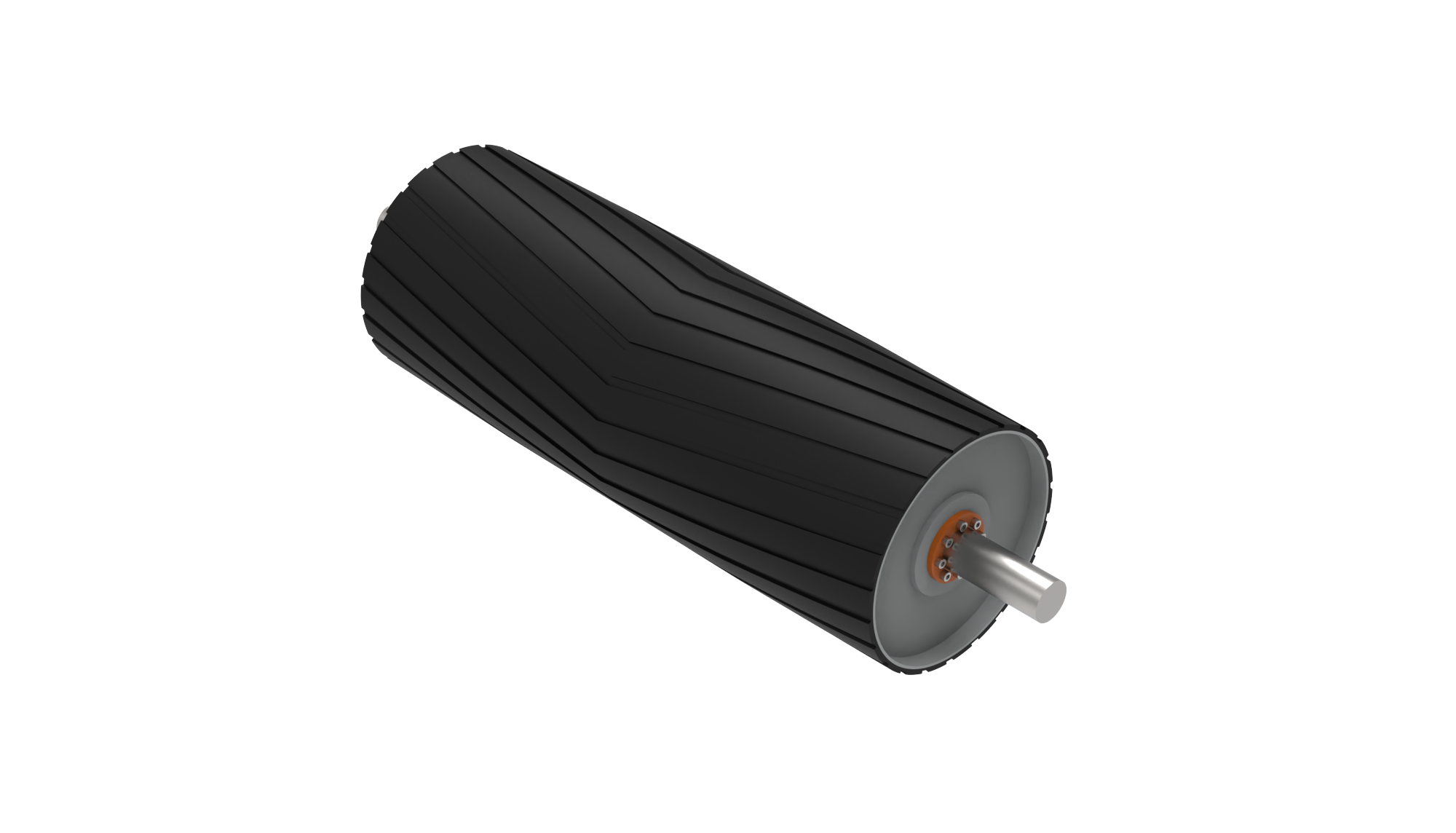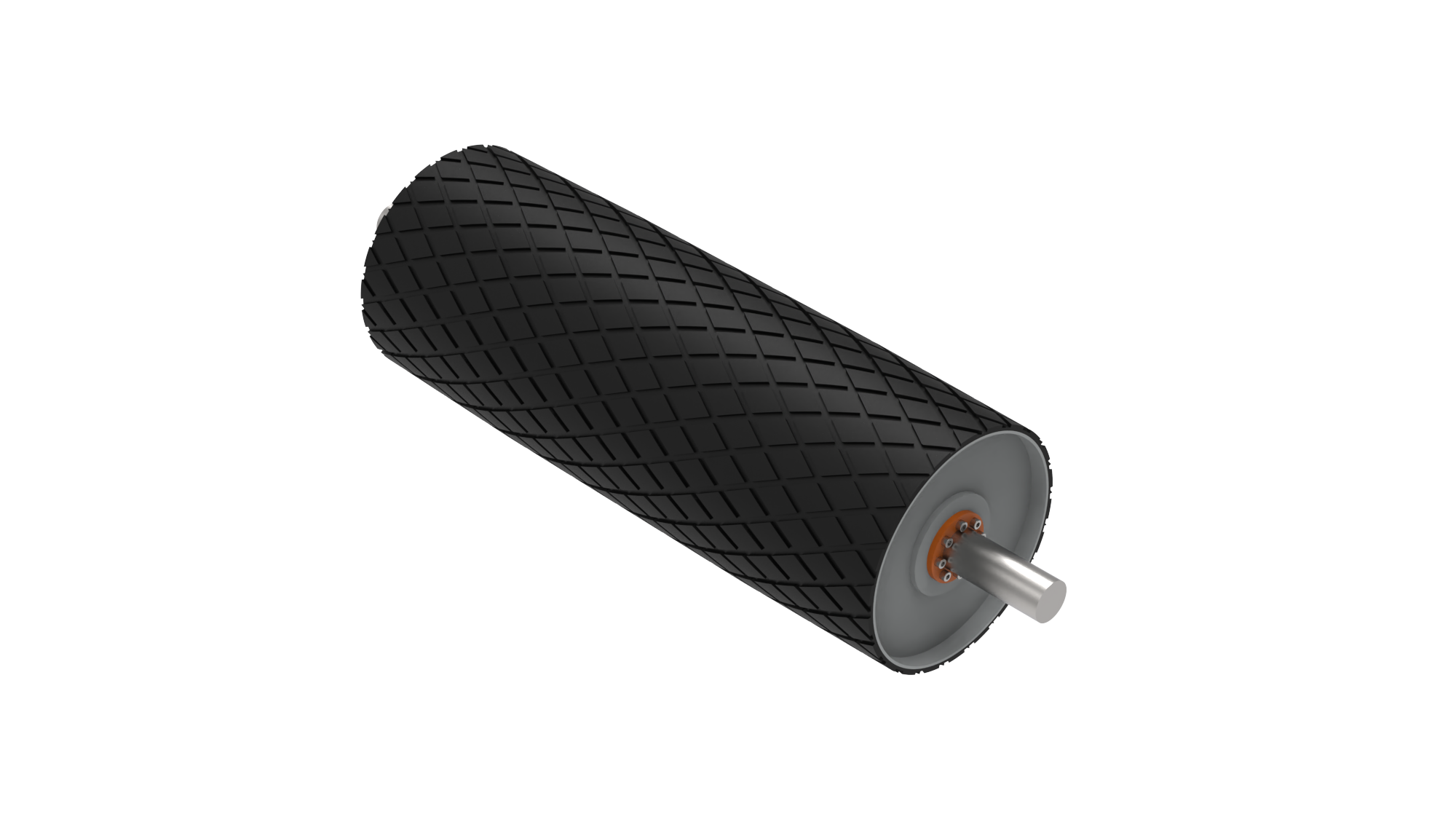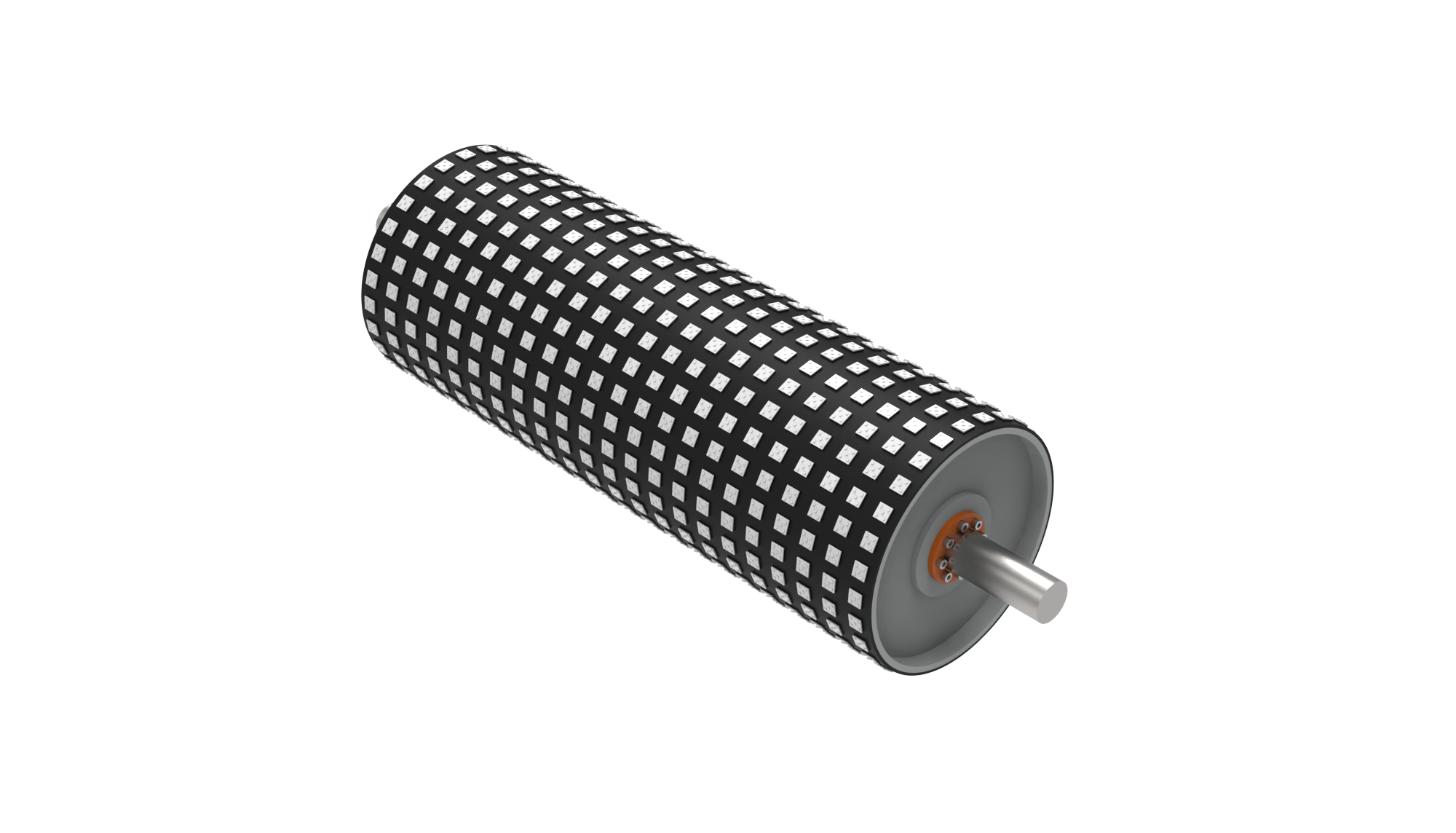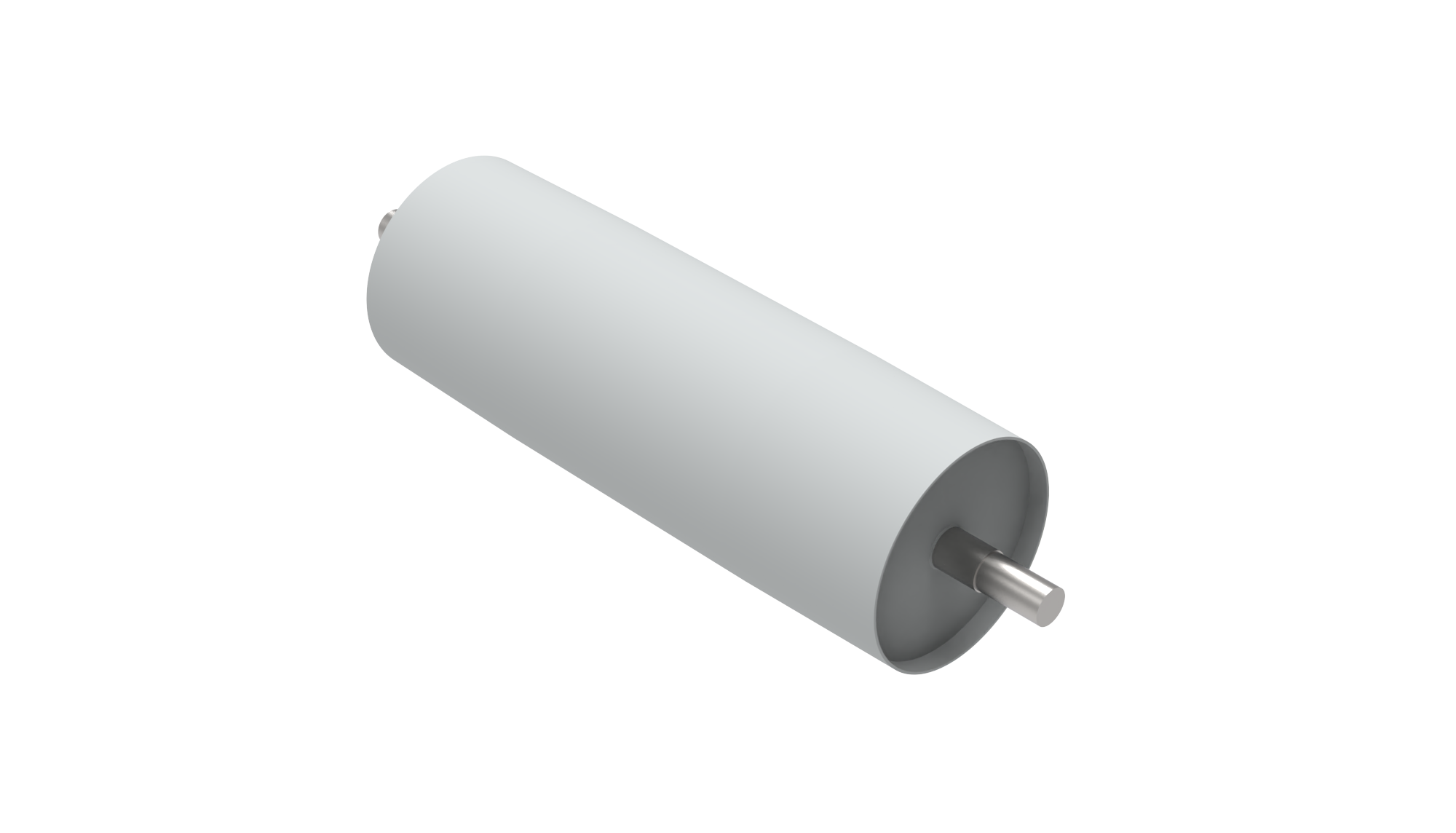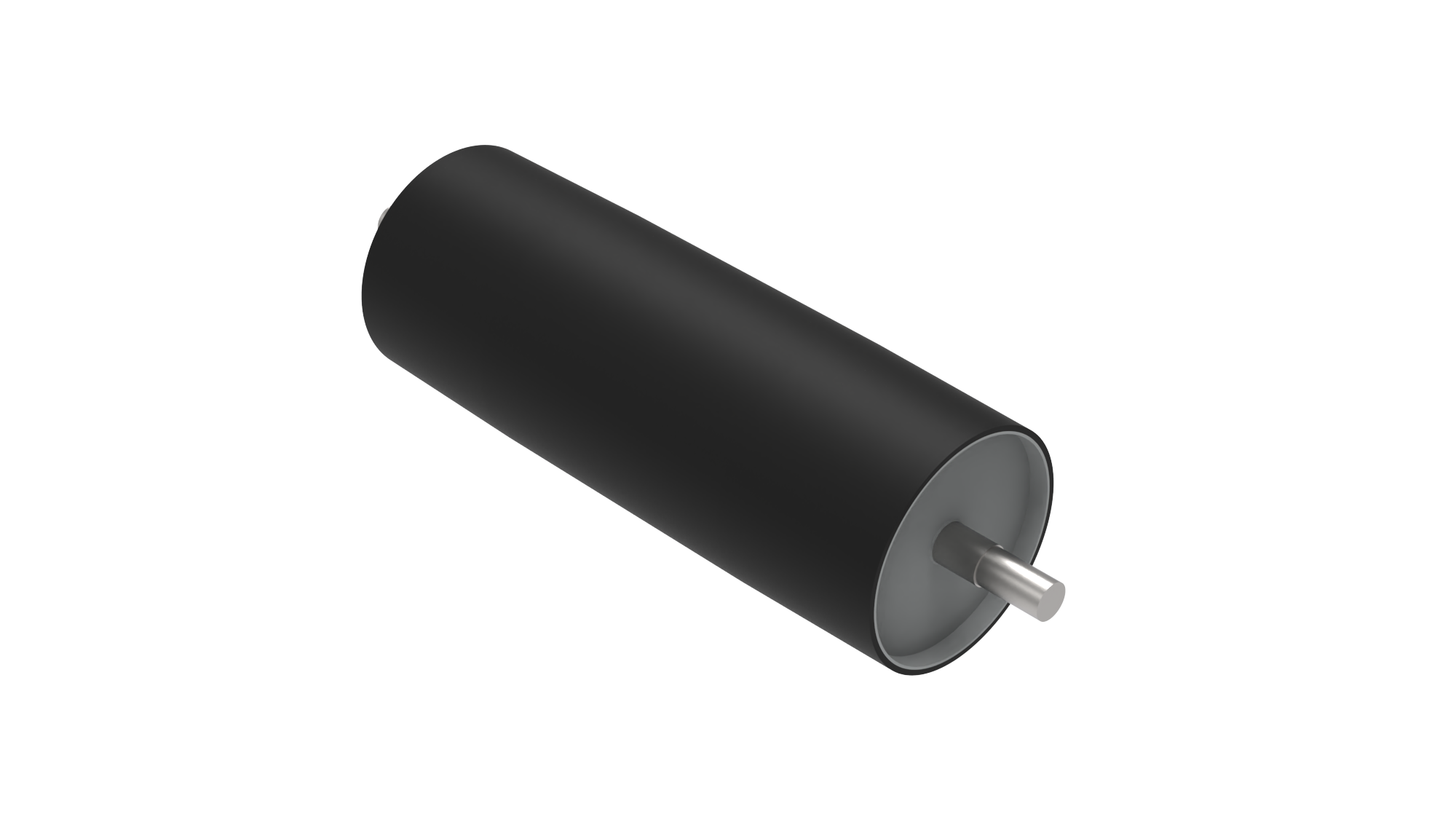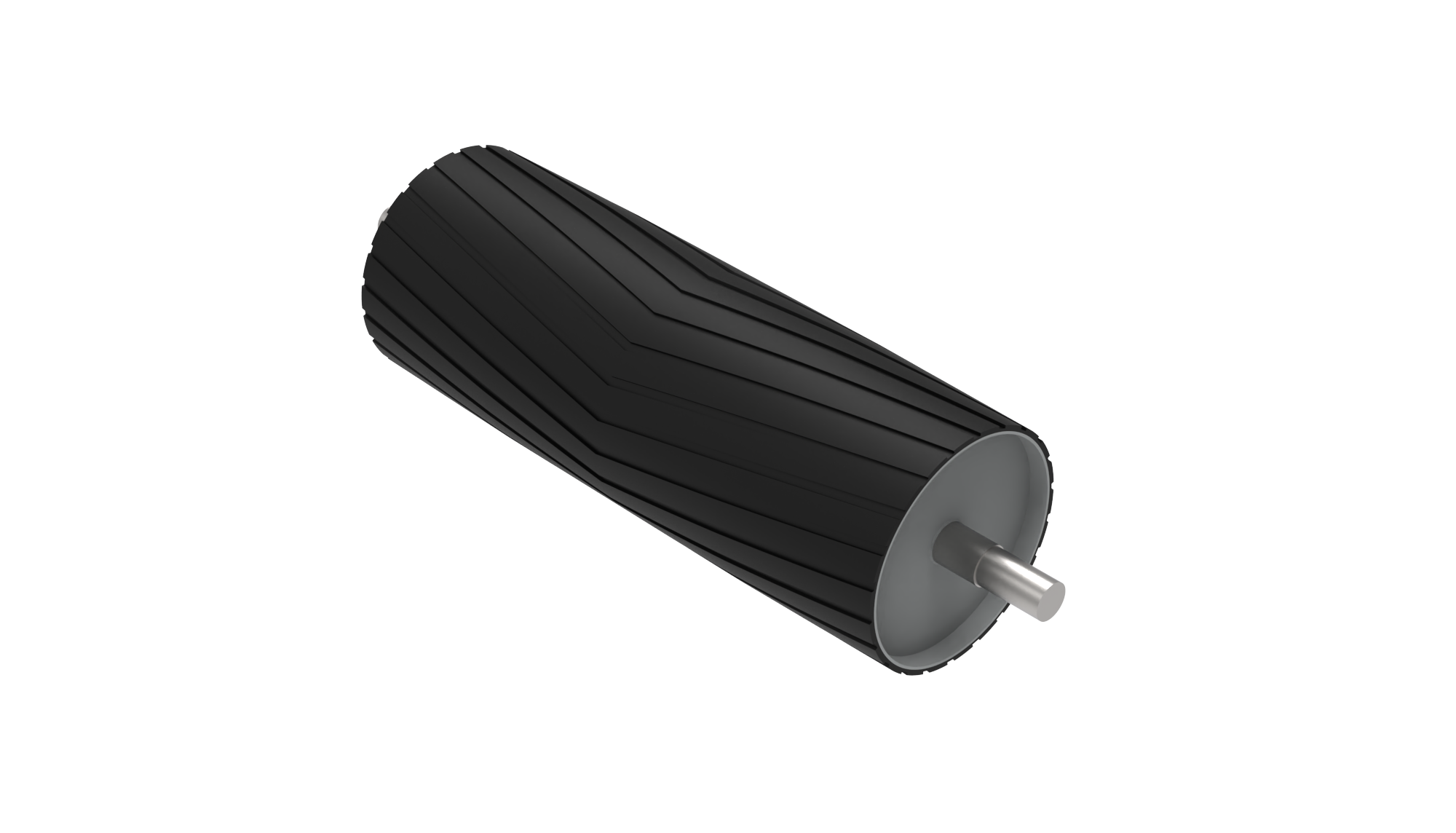Tail Pulley
Tail Pulley
The tail pulley serves as a critical component in conveyor belt systems. Commonly used in industries such as mining, quarries, and heavy manufacturing, this pulley is typically located at the end of the conveyor system. The primary functions of the tail pulley are to change the direction of the belt, guide the belt, and maintain its tension.
How Does Tail Pulley Work?
In a conveyor belt system, the tail pulley is located at the end of the belt. While the belt moves with the help of the motor-driven drive pulley, the tail pulley rotates freely. This pulley ensures the smooth operation of the belt within the system, while also maintaining the belt's tension and preventing slippage.
In a conveyor belt system, the tail pulley is located at the end of the belt. While the belt moves with the help of the motor-driven drive pulley, the tail pulley rotates freely. This pulley ensures the smooth operation of the belt within the system, while also maintaining the belt's tension and preventing slippage.
Difference Between the Tail Pulley and the Drive Pulley
The tail pulley and the drive pulley serve different functions. The drive pulley is the one powered by the engine and moves the belt forward. On the other hand, the tail pulley typically remains stationary or rotates freely but guides the belt's return. Both are essential complementary components for the proper functioning of the conveyor belt system.
Advantages of the Tail Pulley
Tail pulleys play a crucial role in the efficient and uninterrupted operation of conveyor belt systems. By optimizing the belt's tension, they prevent slippage and facilitate the belt's direction change. Made from durable and long-lasting materials, tail pulleys provide reliable performance even under heavy workloads. As a result, the tail pulley is an indispensable part of industrial transportation systems, enhancing the stability and efficiency of the system, especially in heavy-duty applications.
